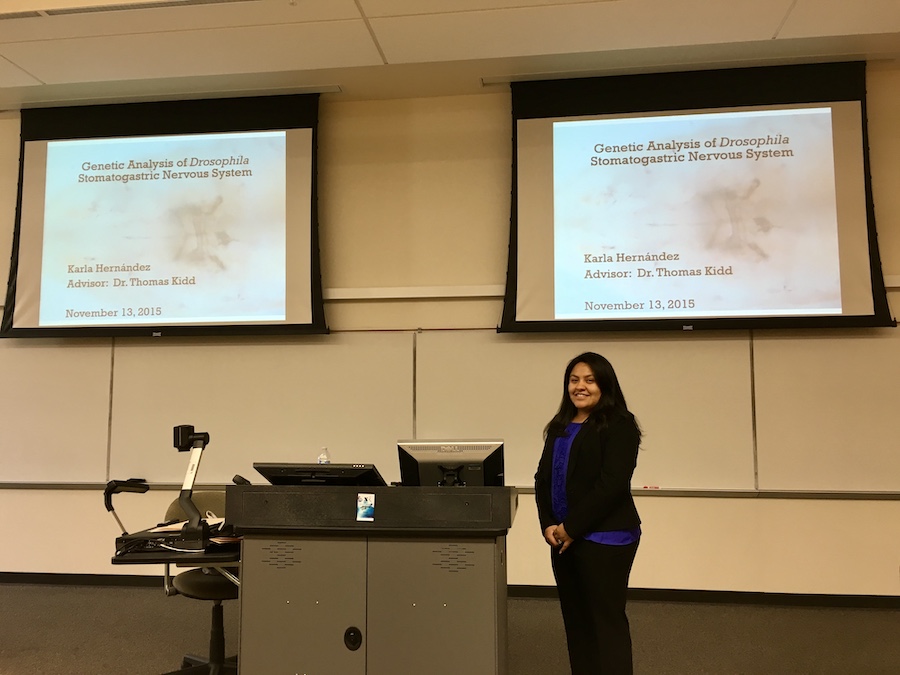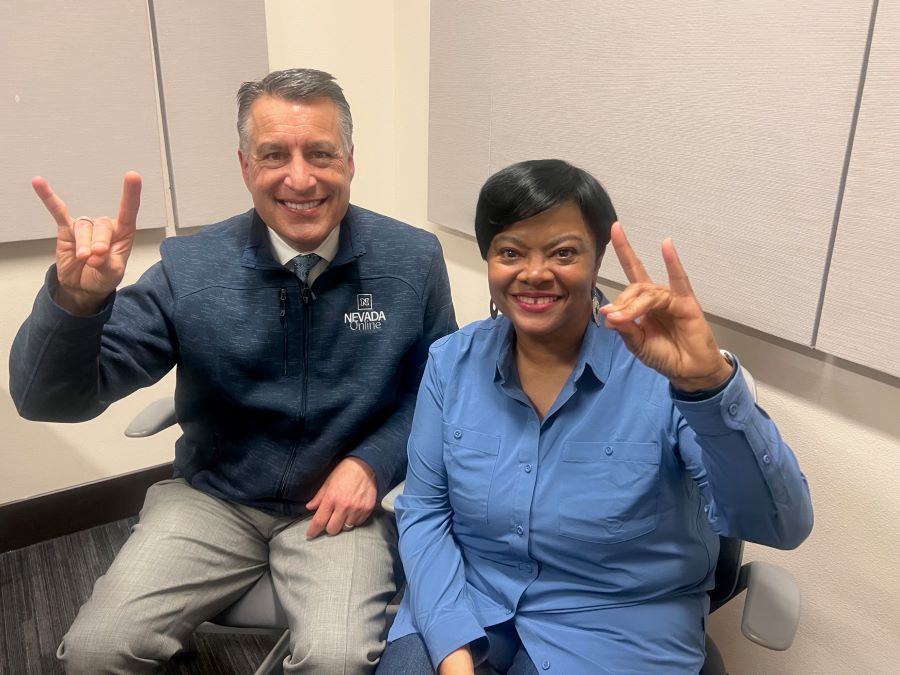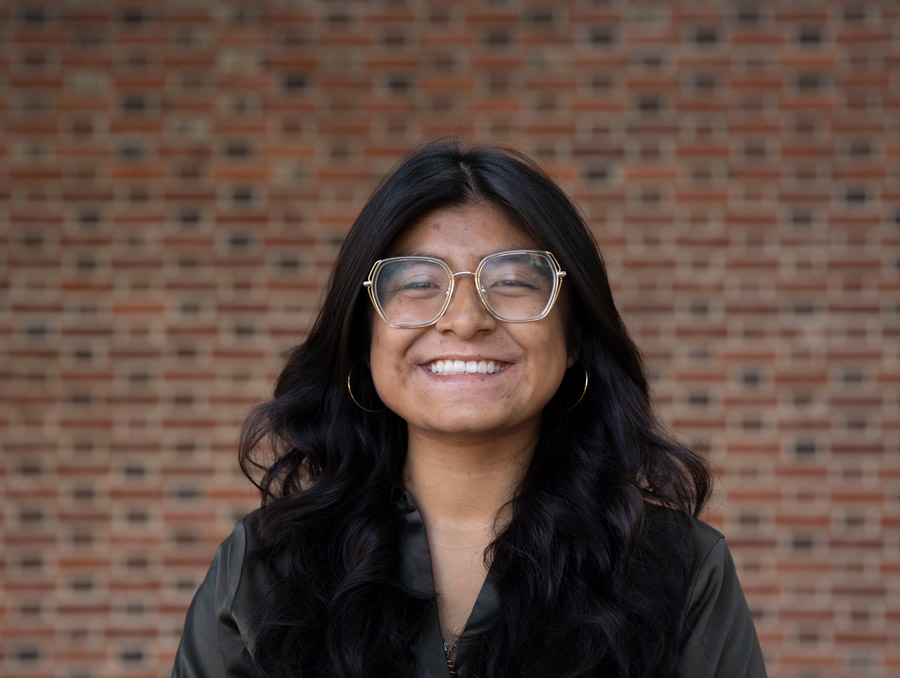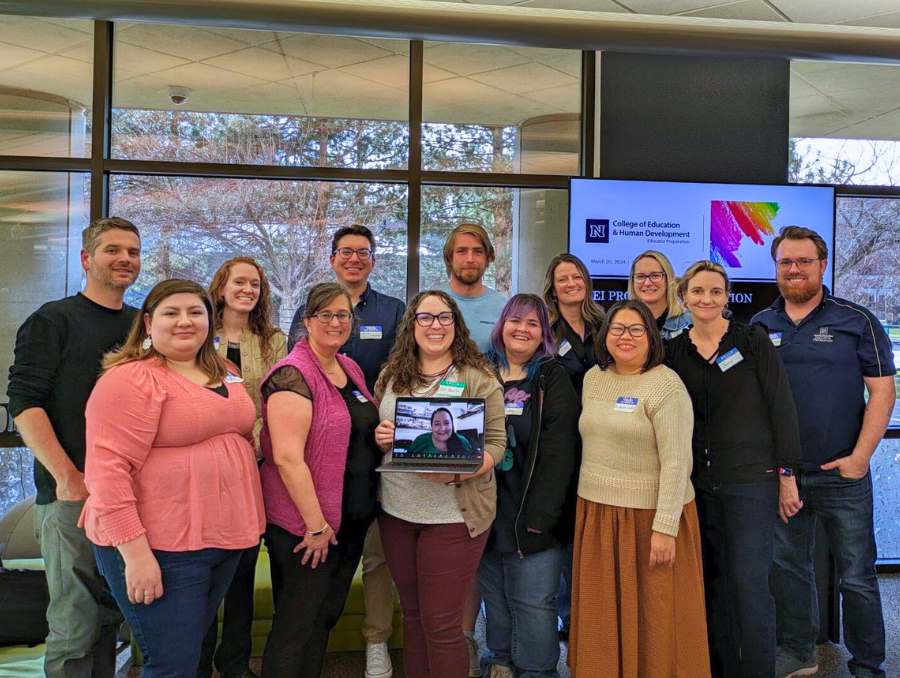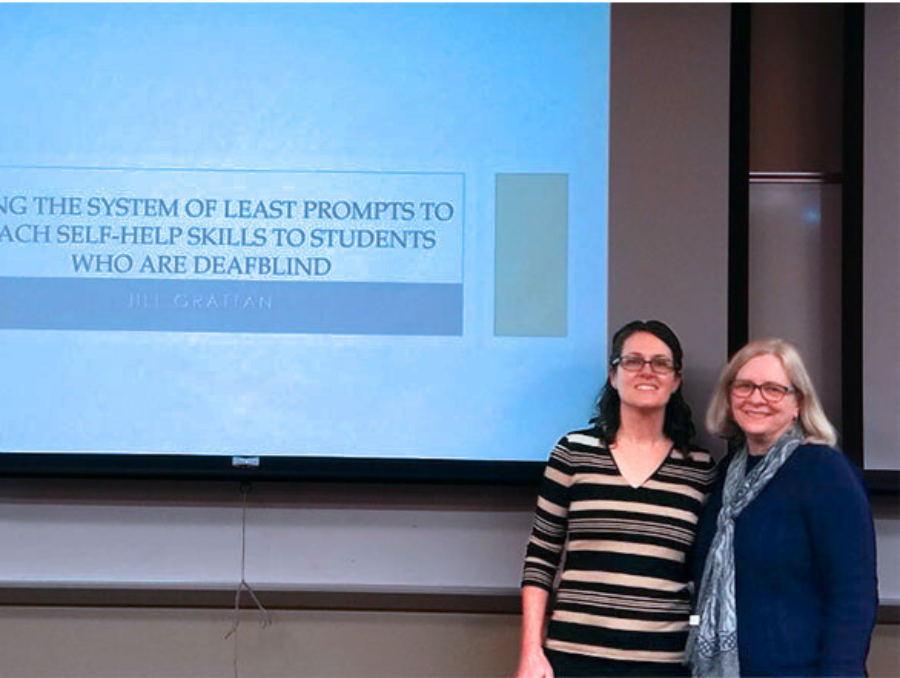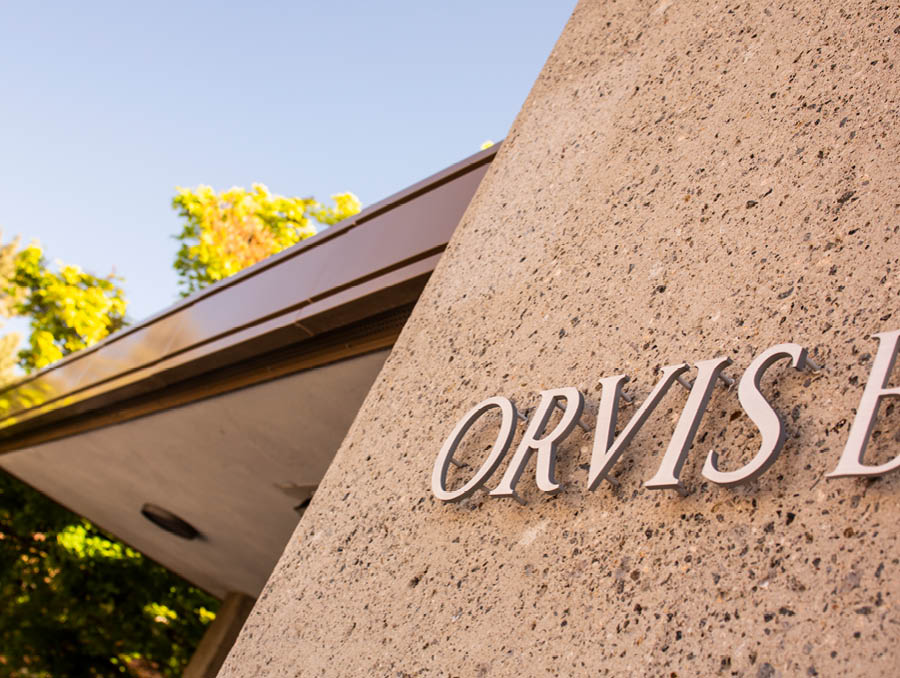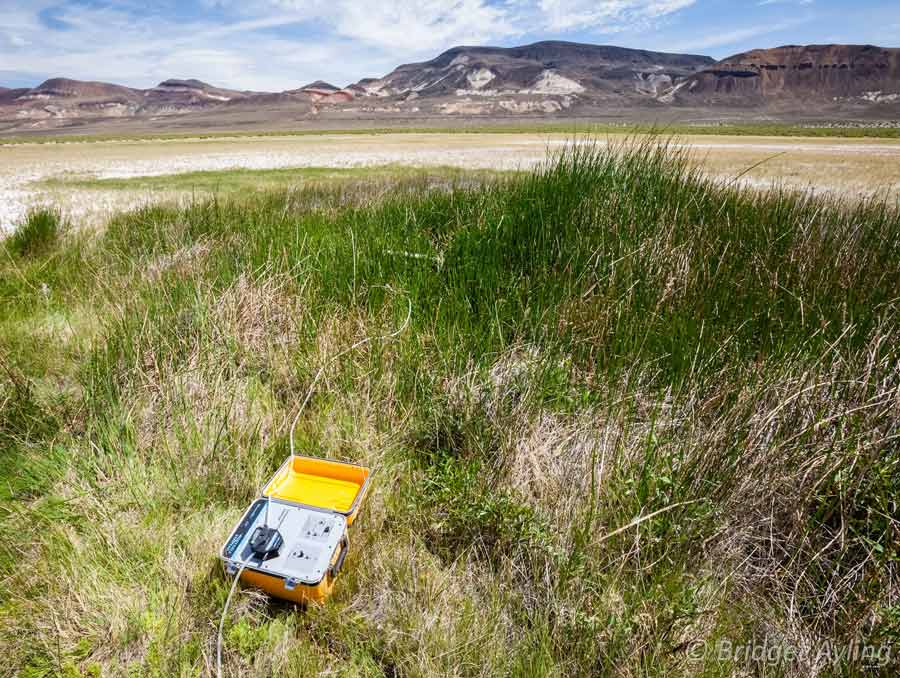Eelke Folmer's research to develop an indoor navigation system for users who are blind received a boost this summer, with a $150,000 grant from Reader's Digest Partner's for Sight Foundation to help make the product more widely available by integrating it with Google Maps.
Folmer, an associate professor of computer science and engineering, Kostas Bekris of Rutgers University, and a team of graduate students (Navid Fallah & Ilias Apostolopoulous) are the developers of NAVATAR, an app that runs on Android smartphones as well as Google Glass.
NAVATAR overcomes a number of the obstacles traditionally associated with indoor navigation systems for blind users. Unlike existing indoor navigation systems, NAVATAR doesn't require any instrumentation and only relies on low-cost sensors available in smartphones and a digital map of the environment.
NAVATAR achieves a high localization accuracy by taking advantage of the unique sensing capabilities of blind users by having them confirm the presence of physical landmarks such as hallway intersections, doors, or water fountains, along the path provided by the system.
"Assistive technology is often prohibitively expensive for users who are blind" said Folmer. "Smartphones are considered one of the biggest assistive devices since the introduction of braille, as they feature cameras and powerful processors that allow for assistive apps that recognize currency, faces, or street signs."
The grant from Reader's Digest Partners for Sight program will help Folmer develop tools to adapt existing indoor maps on Google Maps for NAVATAR. Currently NAVATAR only has maps available for the Scrugham Engineering and Davidson Math and Science Center at the University of Nevada, Reno.
Folmer spent six months as a visiting researcher at Google Research last spring, developing a better understanding of how maps are created and how landmarks required for NAVATAR could be extracted from maps currently available on Google Maps. This could either be done automatically using machine learning or by leveraging crowdsourcing efforts from sighted volunteers.
As part of this work, Folmer is also planning to make the NAVATAR app freely available to the community of blind users. Folmer hopes to have both phases of the project complete and fully tested by the end of 2015.
Folmer believes NAVATAR can address some of the larger problems facing the blind community such as a high unemployment rate and the fact that few blind individuals pursue college degrees.
"Though braille signs are ubiquitous, it is currently very hard for blind students to find their way around a campus, especially in large indoor environments like libraries," said Folmer. "NAVATAR may increase mobility and independence and could enable increased access to higher education."
Reader's Digest Partners for Sight Foundation is dedicated to increasing independence, self-reliance, and dignity for blind and visually-impaired persons.
Folmer's project was one of only three funded out of more than 160 proposals submitted.
"The advancement in smartphone technology is transforming the adaptive technology field, opening up a world of possibilities in the accessibility arena," said Susan Olivo, Executive Director of Partners for Sight Foundation, in a press release. "But the need is still great. It is our sincere hope that other funders will join us and devote resources to solving some of these problems."




